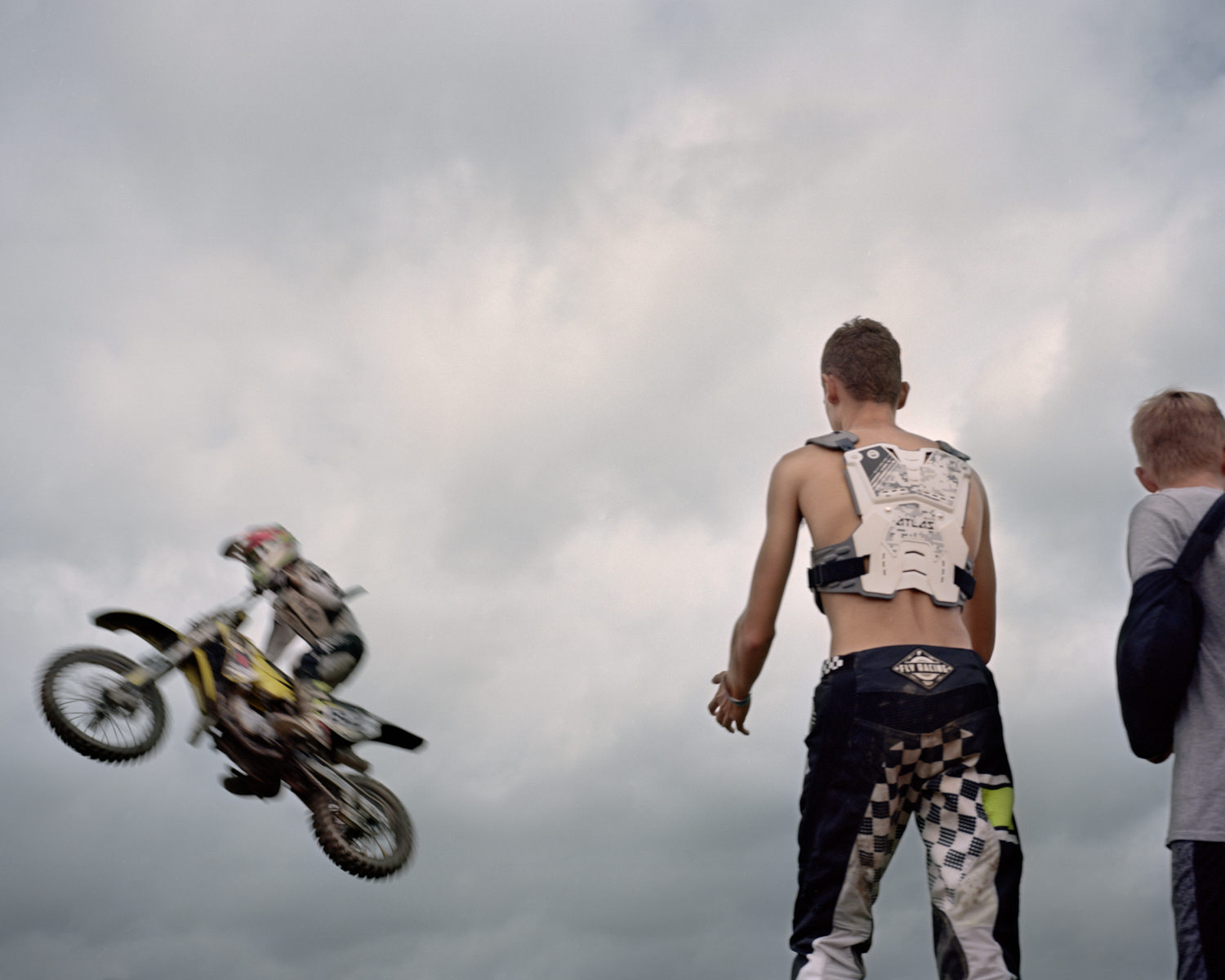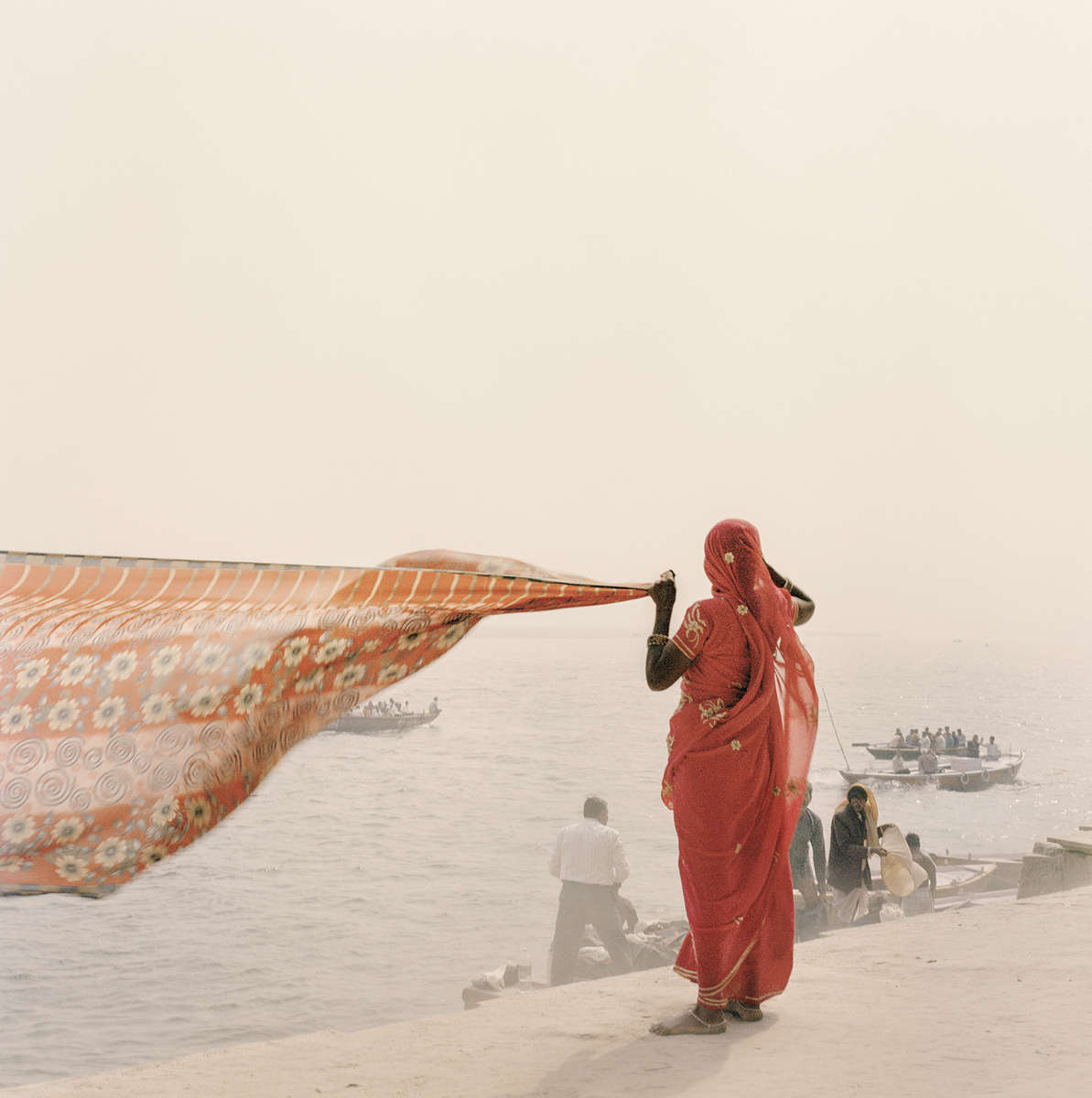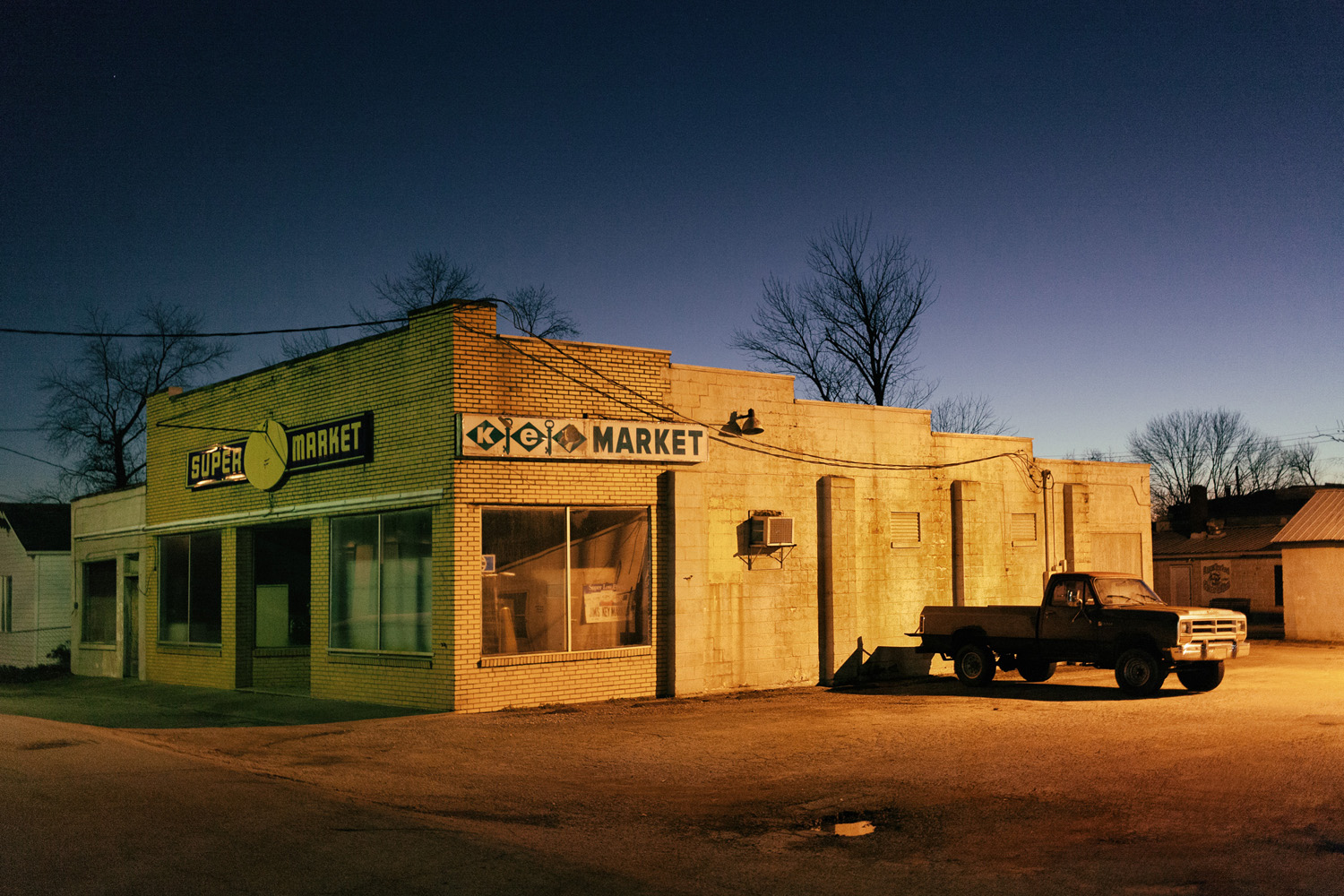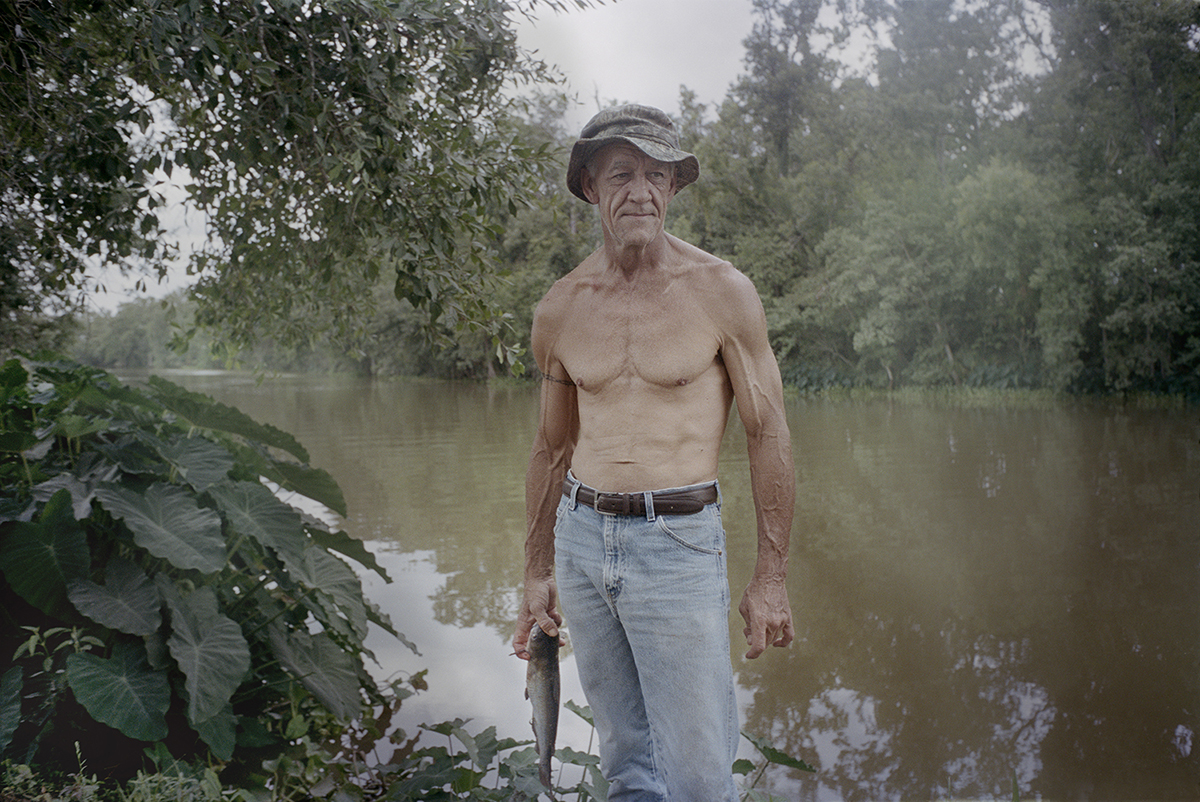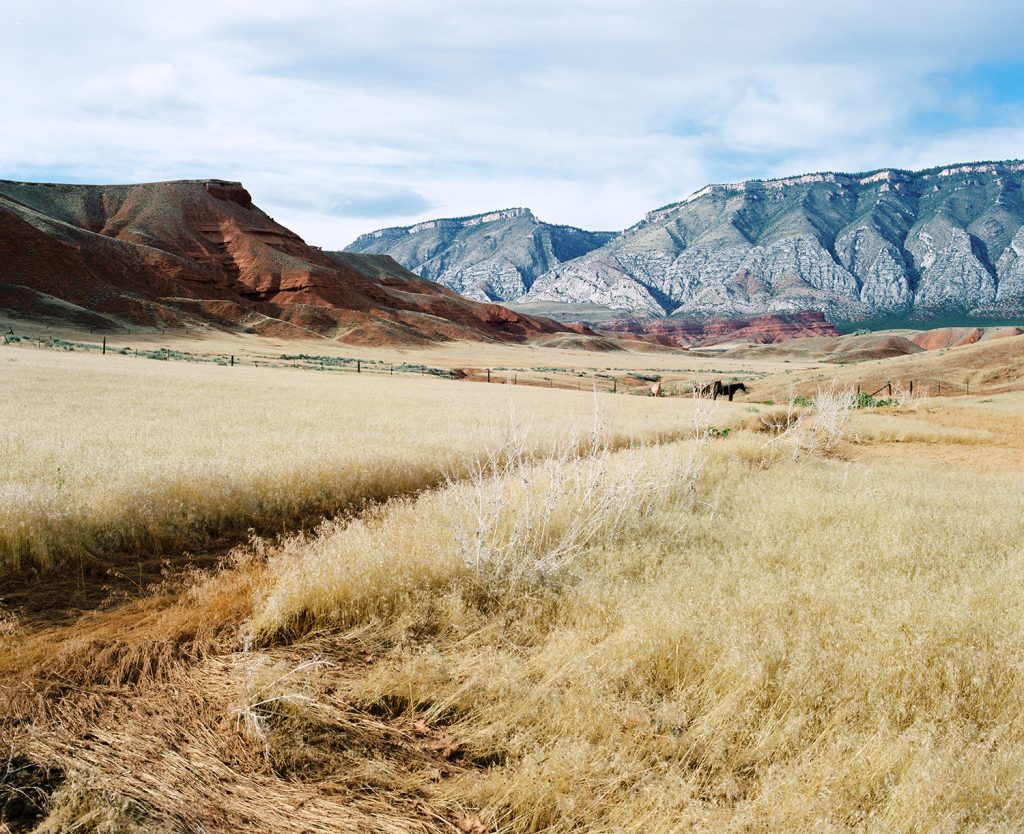
What is your project « The conquest » and what made you start?
In the 19th century the United States was split in two. In the East, migrants head for the cities, in the West, the wilderness is populated by Amerindian tribes. These vast expanses of land were the object of all envy; it was the beginning of the conquest of the West. In this setting a character appears: Martha Canary, called Calamity Jane. Calamity Jane joins the pioneer convoys on the Oregon Trail. The Oregon Trail is the main land route through the Rockies and crosses five states; more than 350 000 pioneers travelled this route from 1841 to 1869.
I projected myself into this story. I had lost my mother, I was living a painful love story, I had decided to take a year to think about what I really wanted. I felt « on the road » – that is, without ties – with what it means to feel free and afraid. The United States lends itself to this state of mind. The American specificity is its history linked to the border. Frederick Jackson Turner spoke of a geographical tradition, with its nomadic character as a particular feature. There is the idea of an environment, sometimes hostile, to conquer; a desire to cross borders as well as to surpass oneself.
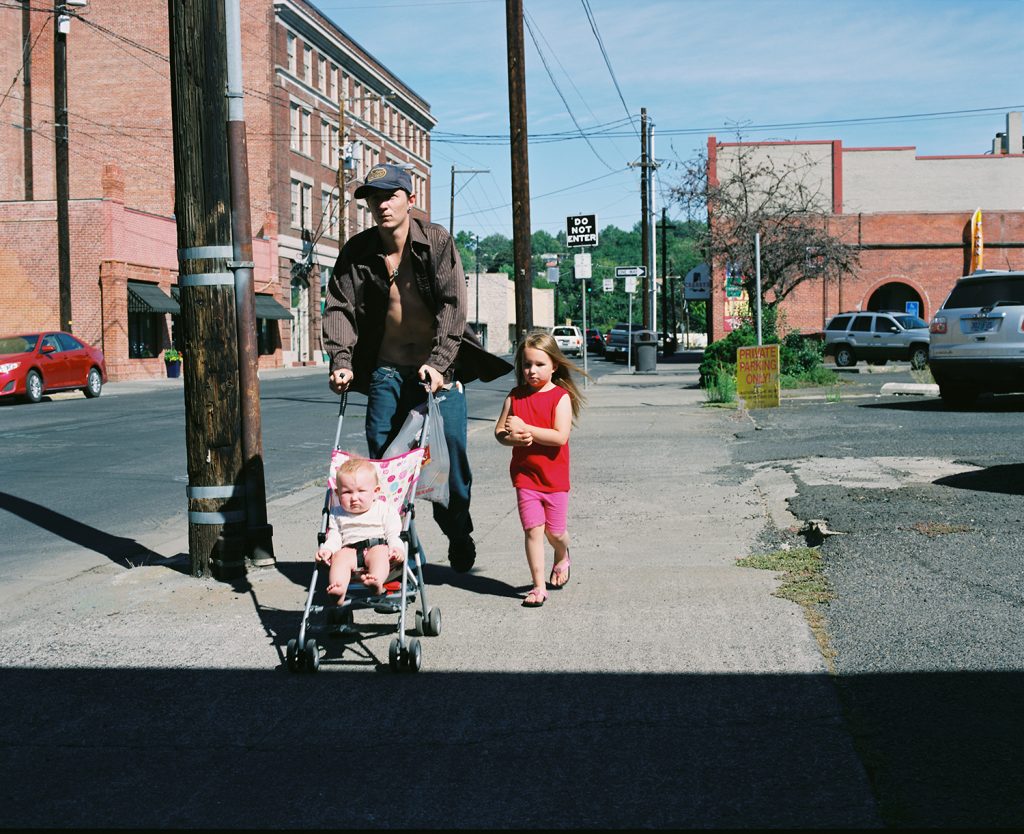

Then, the discovery of Calamity Jane’s letters to her daughter allowed me to start the project and establish a roadmap. But the fact that these letters are fictional reinforced what I like to put into practice in my projects: this moment when the document switches to fiction. I use photography as a tool for surveying and convocation of the real. I strive to go beyond the spectacle of travel and exoticism to question what constitutes a territory and the emergence of otherness; which favours the creation of a singular aesthetic. I’m starting stories. Welded to things and open to their other, I document in an elliptical way. What is essential in the relationship to the world that photography offers is that it preserves in the experience that we make it a quality of mental image while being in fact a representation. The photography that interests me contributes to the elaboration of reality without ignoring its plurivocity or opacity. Taking the road means fantasising about a wild nature, changing your landmarks, your habits, reassessing your perceptions. Then the expedition raises metaphysical issues, political and ecological reflections, and the journey takes on an unexpected depth.
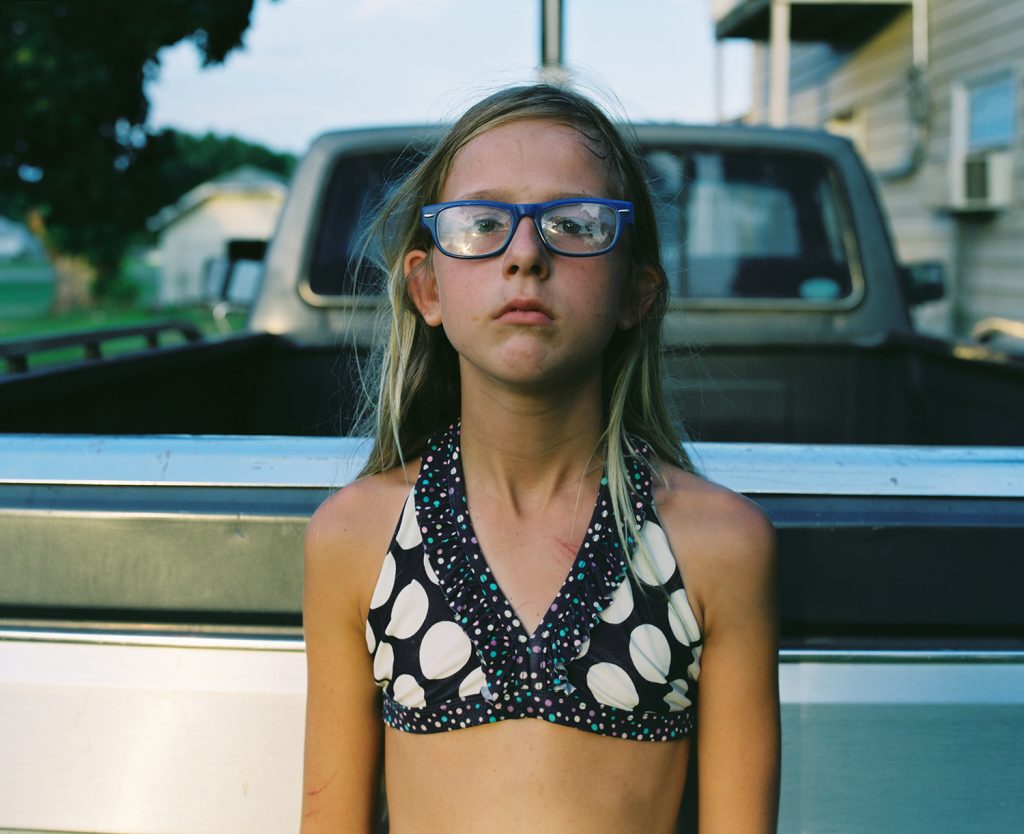
« …I had decided to take a year off to reflect on my work as a teacher and the place I wanted to give to my photographic research. »
Once you have your project in mind, how did you organize yourself in a concrete way for the preparation?
I was able to make this project a reality thanks to the Individual Help for the Creation of the DRAC Aquitaine. And the advantage of the application file is the need to establish a budget. So I had previously calculated the cost of transportation (plane tickets, car rental, gas), but also accommodation (even though I knew I would sleep a lot in the car for economic reasons) and of course equipment (films, development, printing). I had no other support than that of the DRAC, little savings, and no salary when I came home because I had decided to take a year off to reflect on my work as a teacher and the place I wanted to give to my photographic research. So I had drawn up a budget as precise as possible.
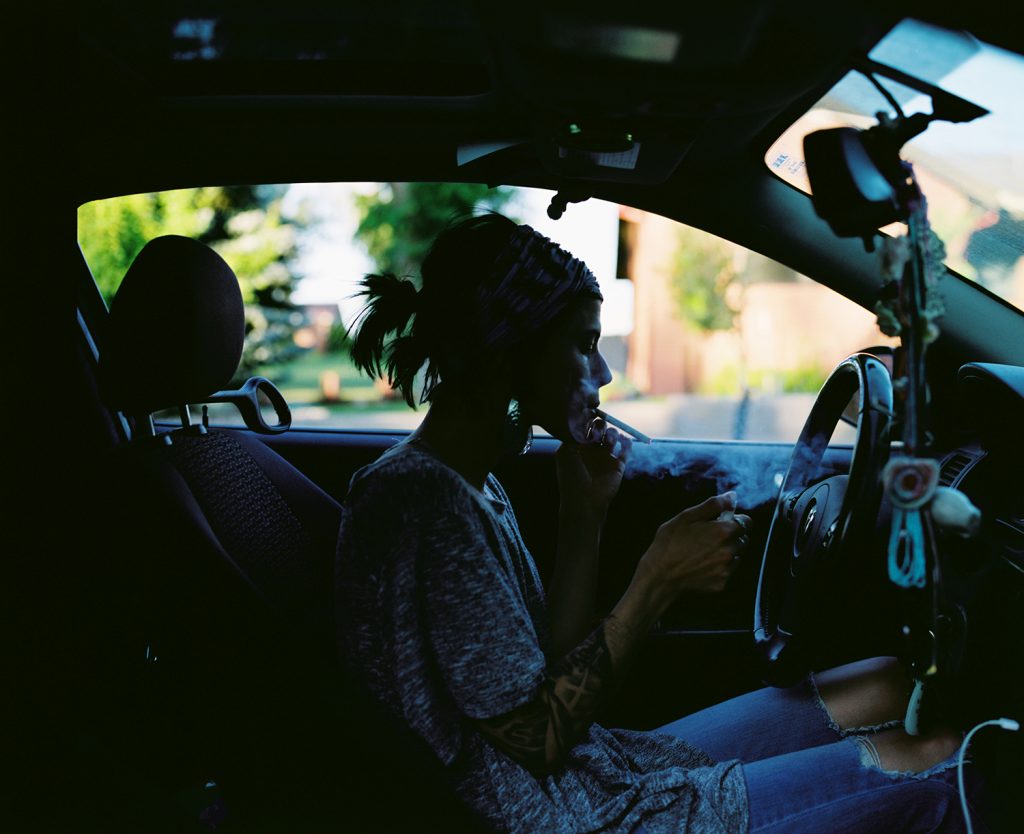
So you took the road wandering and stopped when you felt it right. How did you approach people? How would you handle human relationships?
I had an itinerary, which I went far beyond because I covered more than 8000 kilometres (4900 miles) instead of the 4000 kilometres planned. It’s the game of encounters. This otherness necessarily modifies the departure itinerary. It echoes to this unknown part that I’m looking for too. I can spend a lot of time in a space that animates me (topography, colours, light) and wait for a face, a scene; the encounter. At other times it is people who invite me, directly or indirectly, into their space. So I observe. I can make images without necessarily introducing myself. But more often than not, as physical proximity makes me engage in conversation to establish a relationship of trust. I ask questions and introduce myself. I explain who I am, what I’m doing here and if I can take pictures. To the extent that there is a desire to share, this attitude is perceived positively. Especially since I always keep in touch with the people I photograph.
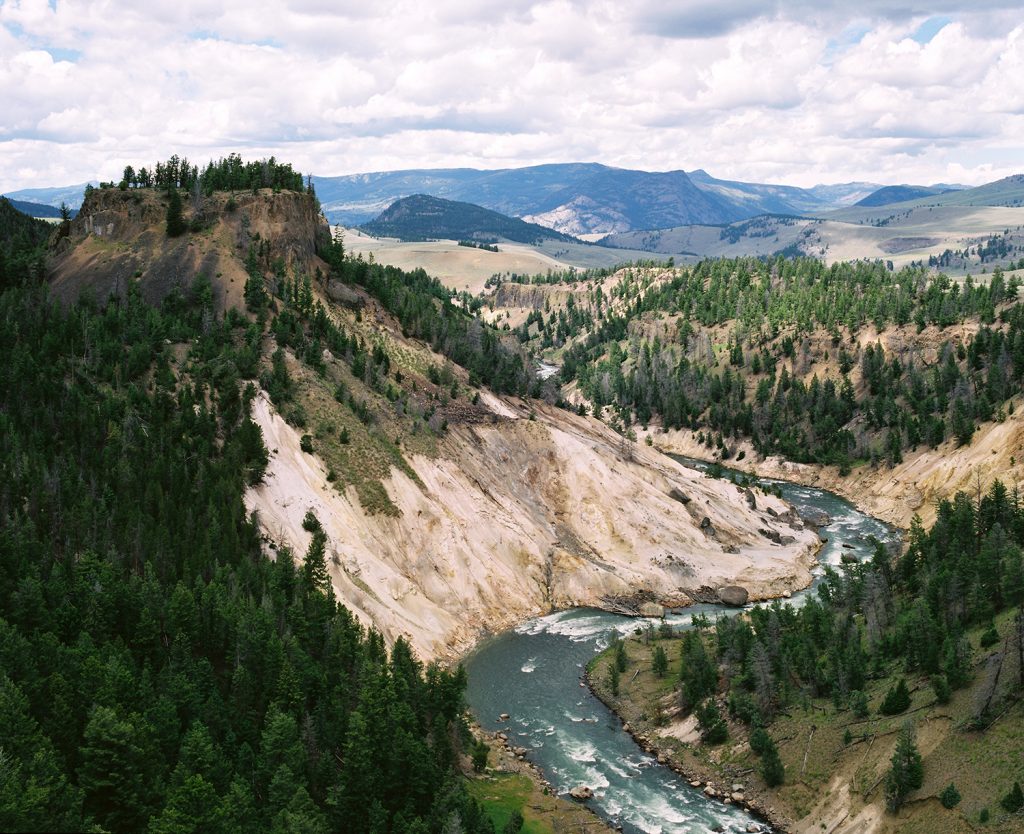
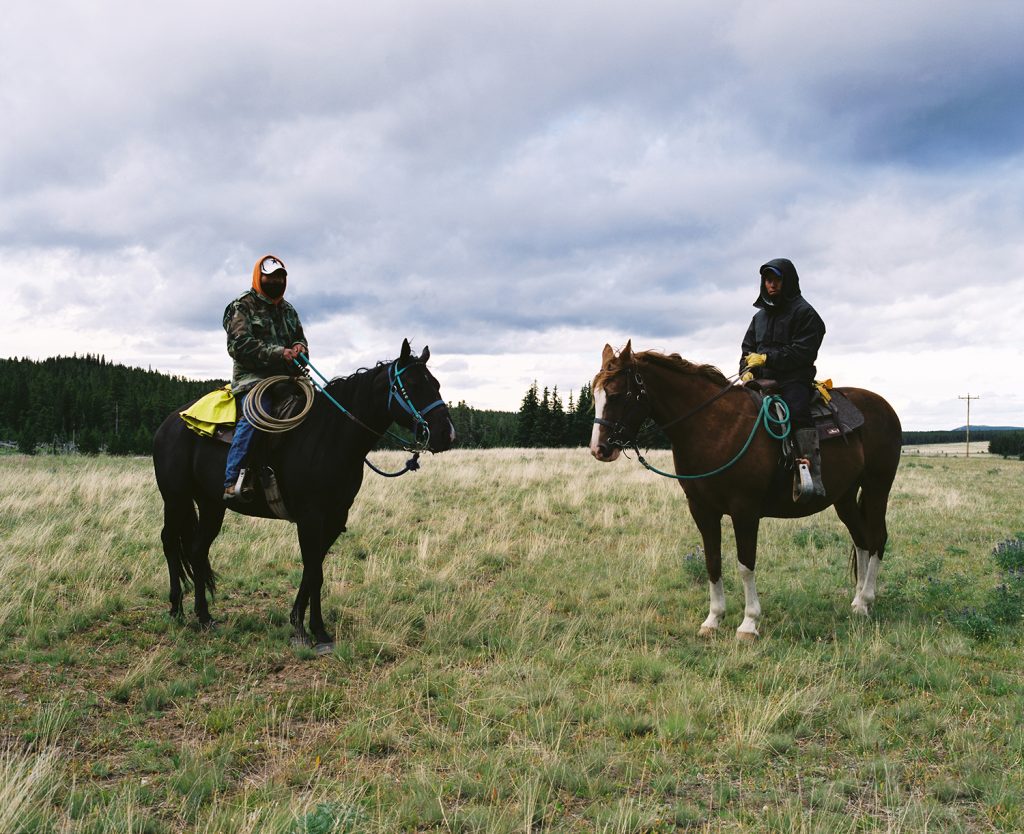
« I like the idea of being the heroine of a film whose script I don’t know. The people I meet are part of this story that is being built along the roadside. »
A documentary project requires personal involvement where the human being is an important factor as well as psychology. There may be doubts or be confronted with moments that are more or less difficult and complex to manage. During this time of wandering you can develop your personal journey but also the human stories you were going through?
In my work, the construction of symbolic and imaginary structures takes precedence over the restitution of a possible truth. I have the feeling that I get to know myself through contact with others. During this confrontation with the unknown, there is a metamorphosis, the idea that we are becoming. This otherness and these crossings always mix with doubt and wandering; they are therefore part of the journey and perhaps even echo this latency of the image. I like the idea of being the heroine of a film whose script I don’t know. The people I meet are part of this story that is being built along the roadside. I am therefore touched by what is happening in this rift, between their fragility and their power to be. Americans have a simple relationship to the image, so there is no real difficulties to making images.
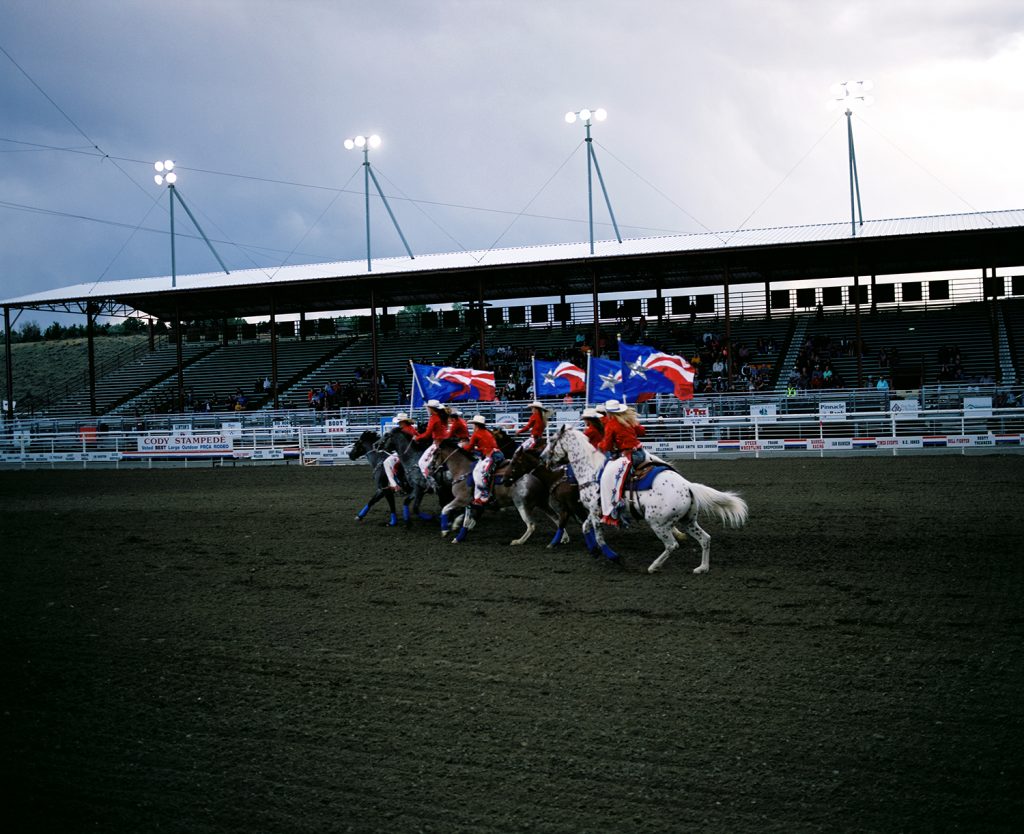
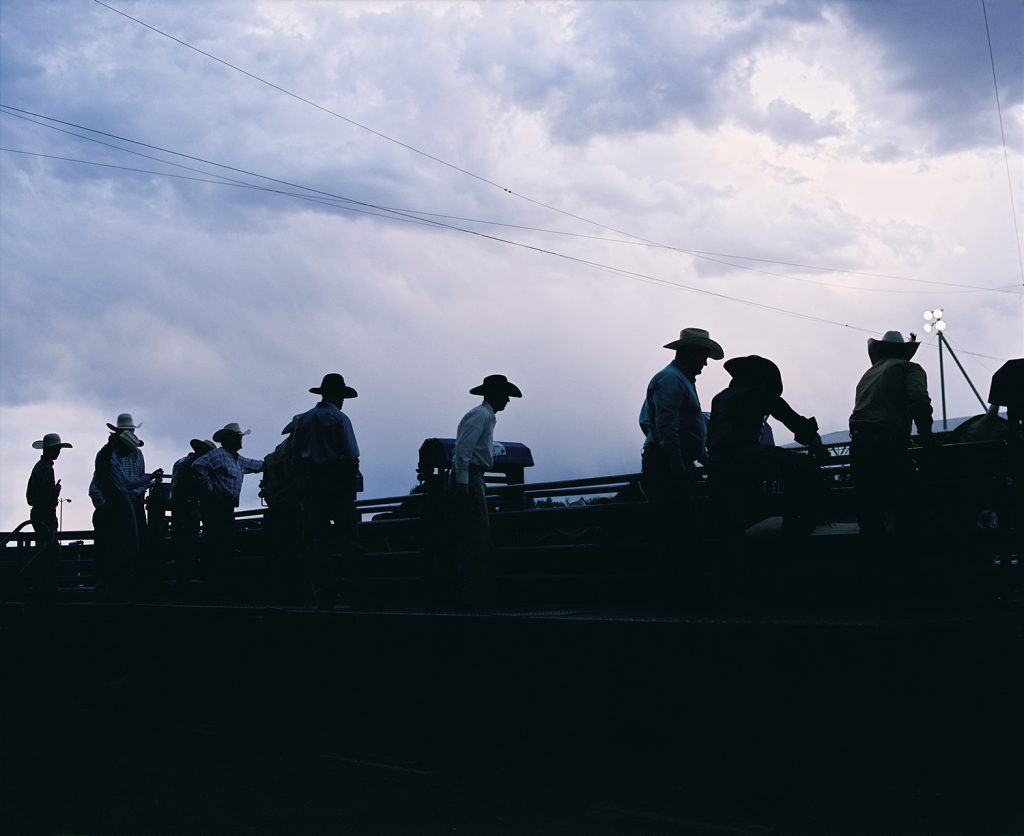
The particularity of working on the road is that it is more or less possible to predict the landscapes that will be part of the series, the settings and the atmospheres, but it is most often the encounters that determine the rhythm of the work and give it its colours. The time spent in Cody, Wyoming, was particularly intense. I wanted pictures of this place. I had done a horseback ride a few kilometers away to get in the mood. I slept in my car, which I moved every day. And then there’s that rodeo day, with a « blue hour » like I’ve never seen before. I was in the stands but I didn’t have good points of view. I wanted to be part of this scenery. So I asked to meet the organizer to be with the cowboys.
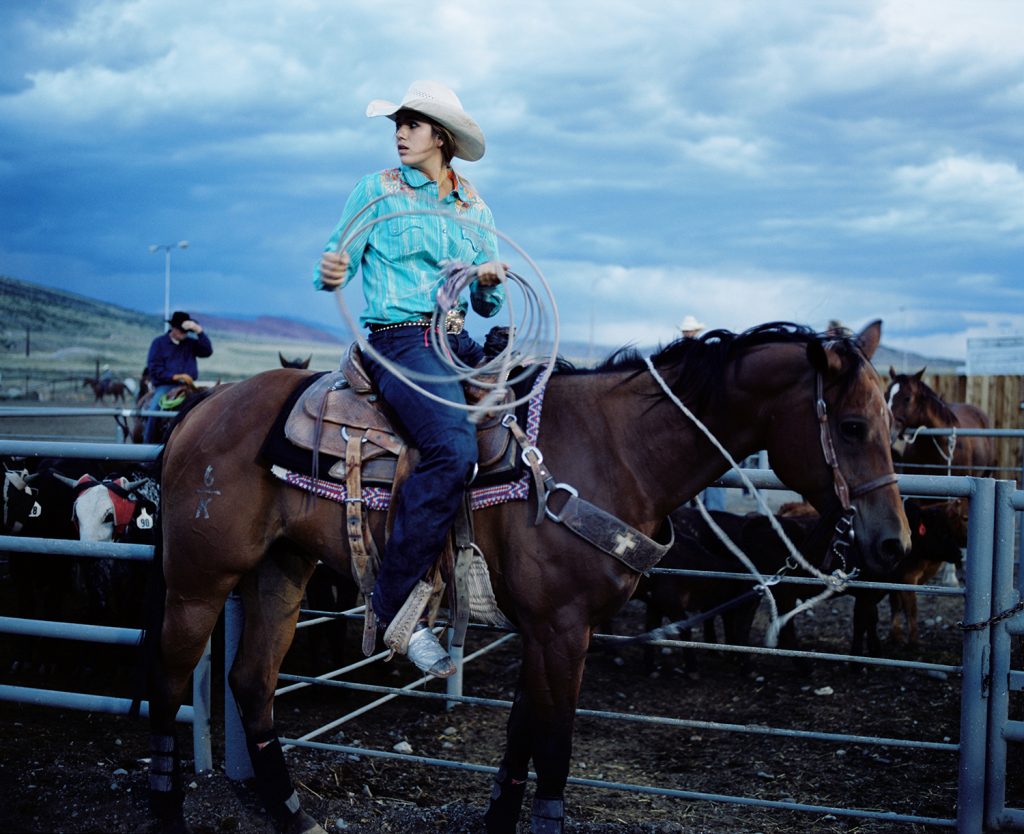
When we start photography we can be influenced by some photographers and then with time others inspire us according to our evolution. What’s yours when you started and then later on ?
I studied at « l’école des beaux-arts » (Fine Art School). So my first look was at artists, whether they use images or other media. Then, I think that before being influenced I was grasped by the history of photography. The development of photography, which coincides with the first exploratory movements, played a fundamental role in visual access to the world and contributed to an increase of reality. The photographer responds to a thirst for glance, and to a need to organize, collect and archive an iconographic inventory. Applied to anthropology, ethnology or geography, photography is part of this survey of the world in which man constantly rethinks and redefines himself. If today the discovery of new territories as well as new civilizations seems limited, the unknown may reside in a human nature where the wild is always latent. It is therefore photographers who question this idea of exploration, both of the territory and of human nature, that interest me particularly. I have been marked by the work of Diane Arbus, Rineke Dijsktra, Sally Mann, Denis Roche and Garry Winogrand for example. Today, I am thinking in particular of the work of Mike Brodie, Sam Contis, Matthew Genitempo, Adam Jeppesen, Rinko Kawauchi, Christian Patterson, Alec Soth, Carly Steinbrunn, and Carleton E. Watkins.
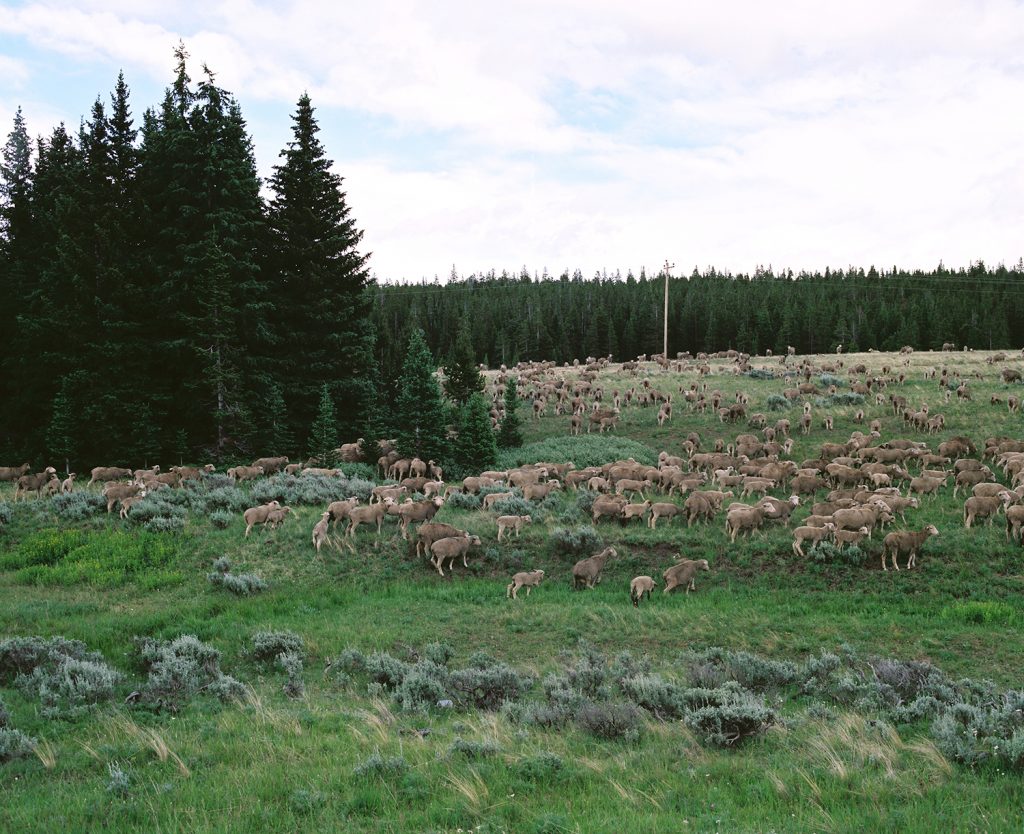
What place does photography have in your life and how do you organize your time around your practice according to your projects?
The balance that allows you to pursue your photographic research with the time and resources necessary to develop your projects is complex to find. Obviously living off photography would undoubtedly be the accomplishment of his photographic research. Since my studies and after having tried different postures between my photographic research and my work (teaching, cultural mediation, commissions) I have concluded that teaching allows me this availability of action and spirit necessary to pursue my photographic projects, while linking my research and transmission.
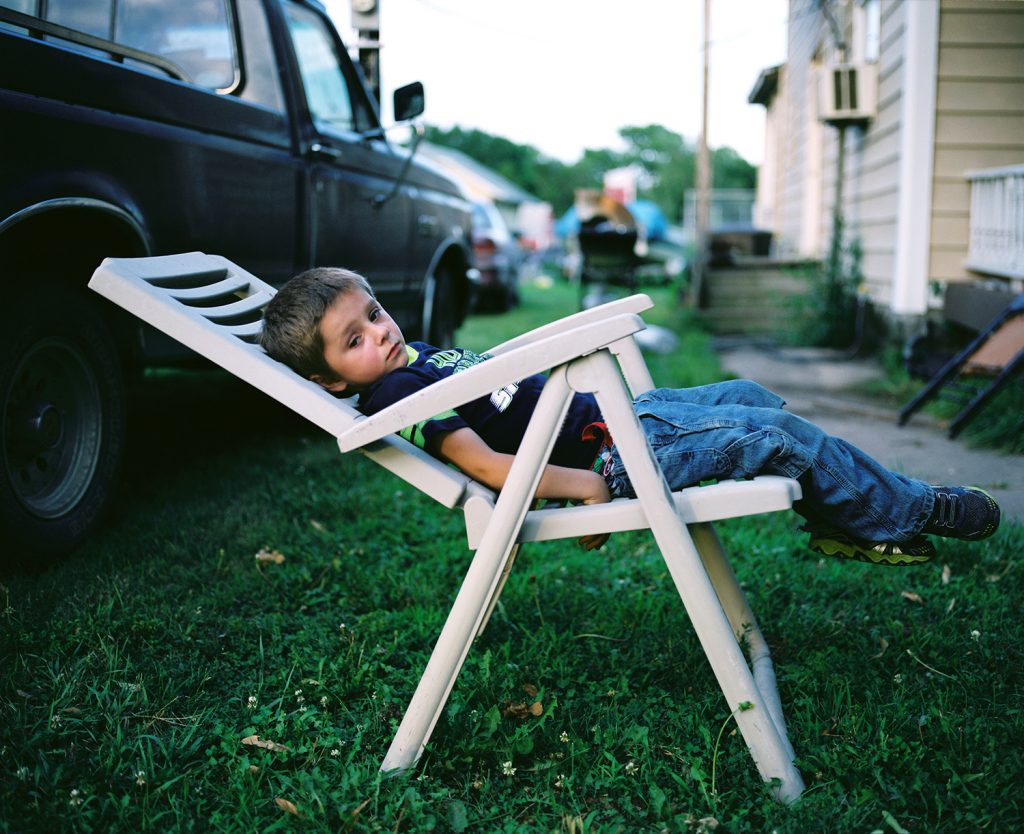
You studied in an art book Program, In your opinion, which publishers are currently doing a good job? Is self-publishing today a viable and interesting solution?
I follow the work of many publishing houses: Boabooks, Chose Commune, Ediciones Anómalas, Éditions Xavier Barral, Filigranes Éditions, Kaiserin editions, Le Bec en l’air, Le Point du Jour, Loco, MACK, Poursuite, Roma Publications, RGB Books, Steidl, TBW Books, or Twin Palms Publishers to name a few. But many photographers also publish themselves. It seems to me that this is a way of bypassing the photography book market. Self-publishing makes it possible to avoid the codes and dictates imposed by some publishing houses. Both have advantages and disadvantages. It all depends on the project and ways of distribution. With the many festivals dedicated to publishing or micro-publishing (Foto Book festival, Little Big Press, Mise en pli, Offprint, PhotoBook Show, etc…), many alternative editions are emerging. Self-publishing is ideal when the photographer wishes to produce his book by deciding on all phases and materials of design, and in the case of a limited number of copies. However, being offered the distribution of a photographic work in the form of a book, in collaboration with a publishing house that we appreciate, is a real step in his research.
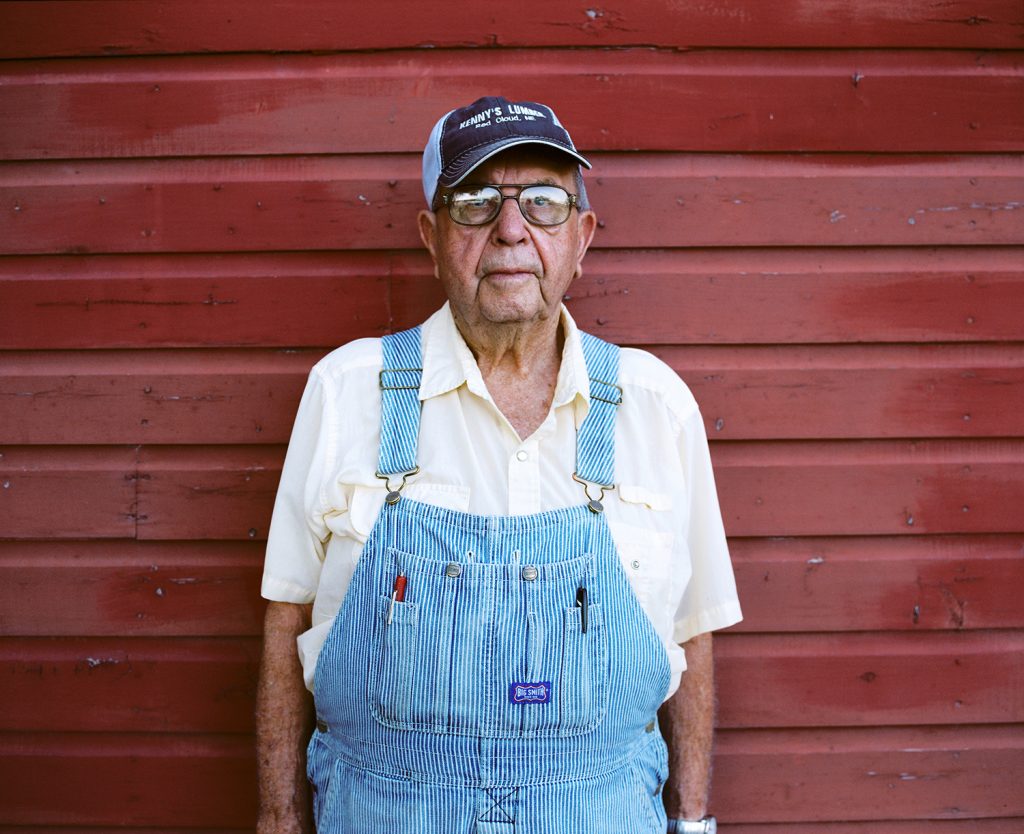
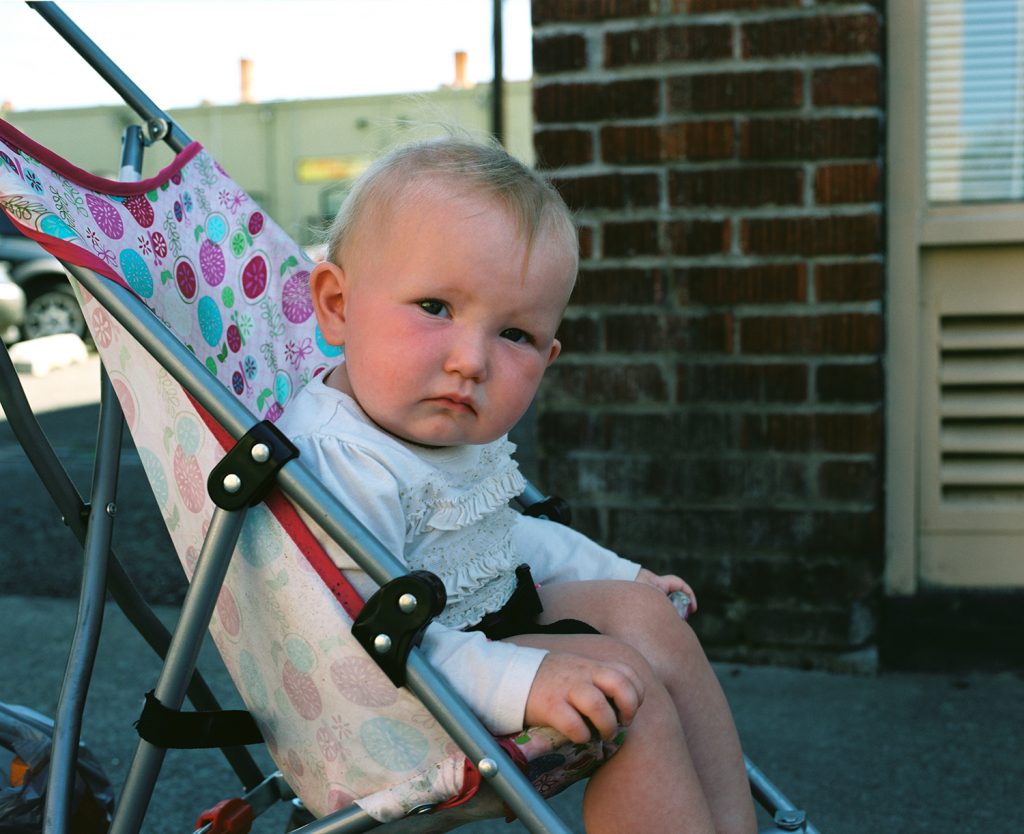
What is your relationship with the United States if there is one? Any particular attraction for this territory? Where did it come from?
It is a space that has been photographed, filmed and told by authors who count a lot in my relationship to the image; I think of Robert Adams, Robert Frank, Joel Sternfeld, Alec Soth, Carleton Eugene Watkins, John Ford, Sergio Leone, Arthur Penn, Martin Scorcese, Wim Wenders, Jim Harrison, Jack Kerouac, Jack London, John Steinbeck, Henry David Thoreau, to name a few. It is also for this reason that this territory is difficult to understand: the visual imagination is strong. I first went to the United States a year before « The Conquest ». Each time I travelled alone. These feelings of freedom mixed with discovery, because of the vastness and diversity of the landscapes and the people, give the impression that anything is possible. This collective imagination and physical sensation attract me.
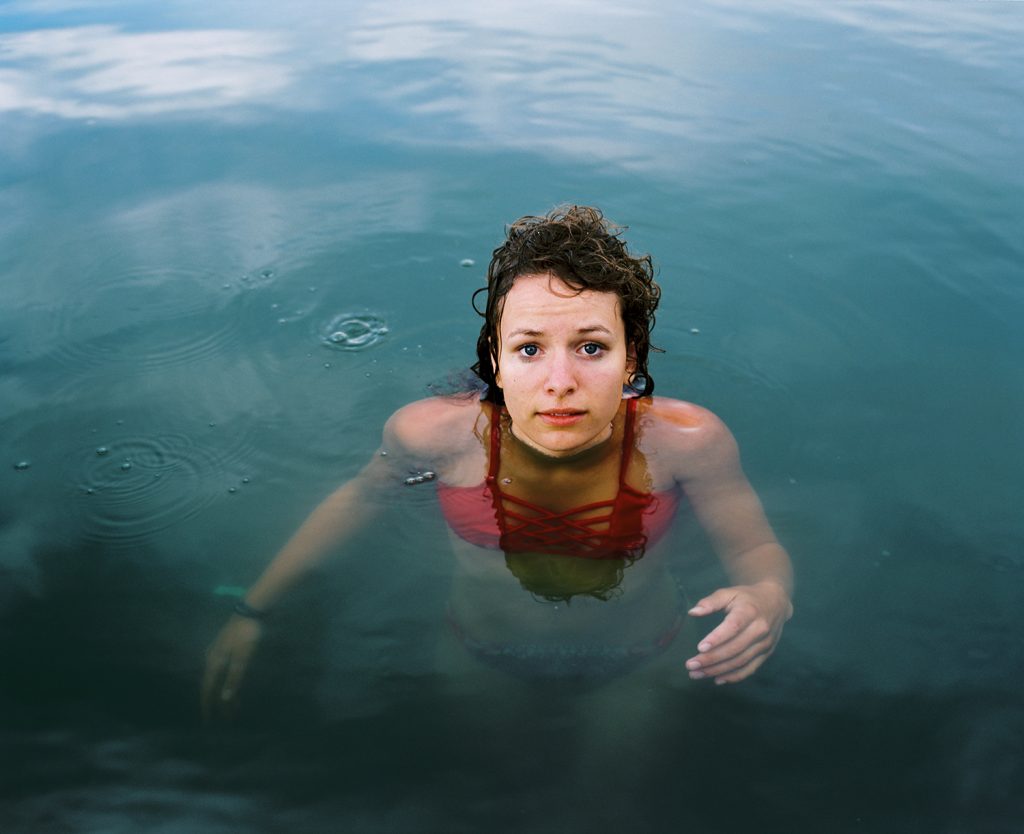
Your next projects or future desires?
I have two projects that are close to my heart right now. One takes place in France and questions the lost relationship to wilderness; the other takes place in the United States and approaches the border influenced by one of the most popular 19th century American fictions.
Your top 5 photobook?
Sam Contis, Deep Springs, MACK
Matthew Genitempo, Jasper, Twin Palms Publishers
Christian Patterson, Redheaded Peckerwood, MACK
Alec Soth, Sleeping by the Mississippi, MACK
Carly Steinbrunn, The Voyage of Discovery, MACK
Interview by Kalel Koven
Photographer’s Links: Website / Facebook

